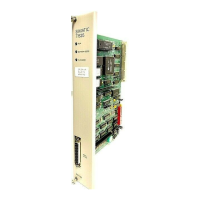
Do you have a question about the Siemens SIMATIC TI525 and is the answer not in the manual?
| Type | Programmable Logic Controller (PLC) |
|---|---|
| Memory | Up to 64KB RAM |
| I/O Capacity | 512 |
| Programming Language | Ladder Logic |
| Temperature Range | 0°C to 60°C |
| Communication Ports | RS-232 |
| Operating Temperature | 0°C to 60°C |
| Relative Humidity | 5-95% non-condensing |
Overview of manual contents and structure.
List of related Siemens hardware manuals and software.
General description of PLCs and their function.
Details on specific models, capabilities, and differences.
Steps for preparing the site for PLC installation.
Essential safety precautions for system installation and operation.
Criteria for choosing an appropriate enclosure for PLC components.
Guidelines for proper grounding and wiring practices.
Factors affecting equipment cooling and operating temperature.
Procedures for mounting and connecting base assemblies.
Best practices for safely handling electronic modules to prevent damage.
Configuration of operational parameters for TI525 models using dipswitches.
Configuration of operational parameters for TI535 models using dipswitches.
Instructions for installing or replacing the PLC's battery backup.
Steps for installing various components like power supplies, PLC, and I/O modules.
Overview of saving and using programs with EPROM/EEPROM.
Step-by-step guide for installing memory devices in TI525 PLCs.
Step-by-step guide for installing memory devices in TI535 PLCs.
Process for copying RLL programs to EEPROM.
Methods to check EEPROM programming status and errors.
Managing programs stored on EPROM/EEPROM.
Initial steps to power up and configure the PLC system.
Techniques and tools for diagnosing and resolving PLC issues.
Procedures to resolve fatal errors and reset the PLC.
Methods for diagnosing and fixing issues related to EPROM/EEPROM.
Steps to identify and resolve problems with the PLC power supply.
Recommended spare parts for maintaining the PLC system.
Details on operating conditions, humidity, vibration, and noise immunity.
Input power, battery backup, communication ports, and memory capacity.
Overview of grounding, wiring, and noise reduction techniques.
Importance and methods for establishing a proper grounding system.
Best practices for routing and connecting system wiring.
Strategies for reducing electrical noise interference in the system.
Power consumption details for Series 505 I/O modules and components.
Power consumption details for Series 500 I/O modules and components.
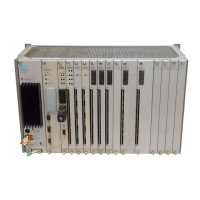

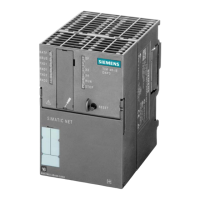
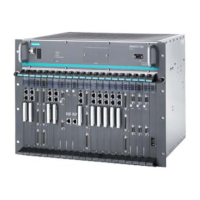

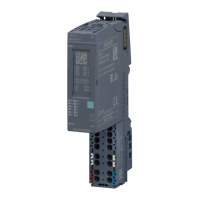

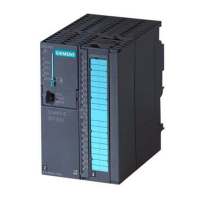
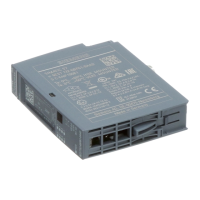
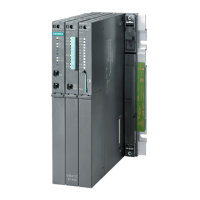
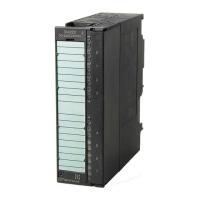
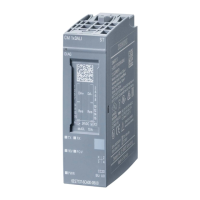
